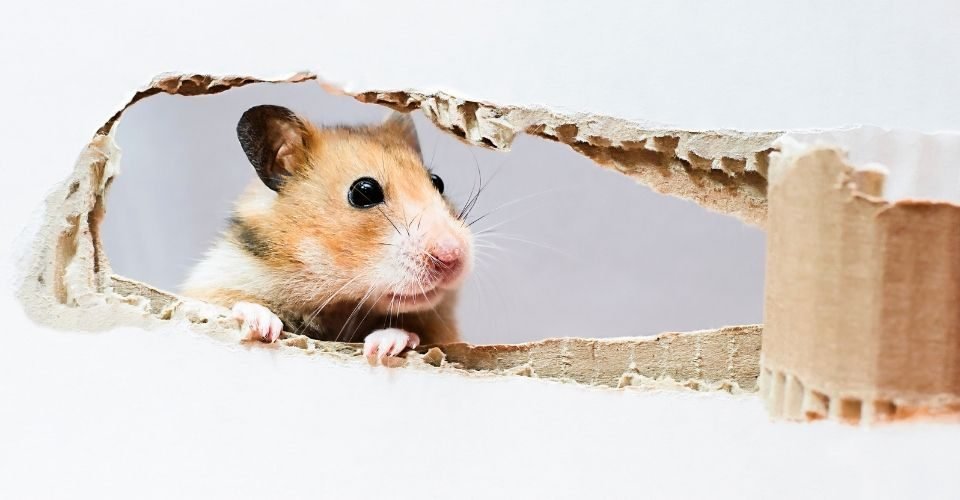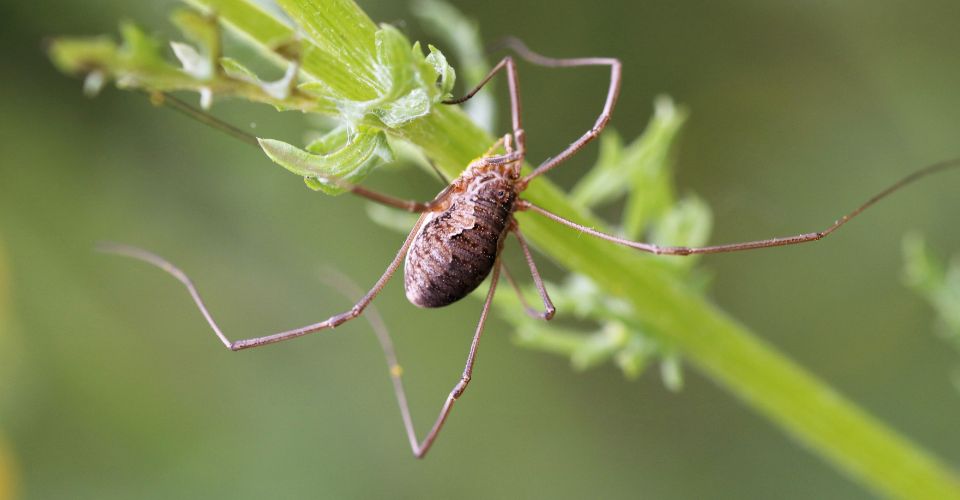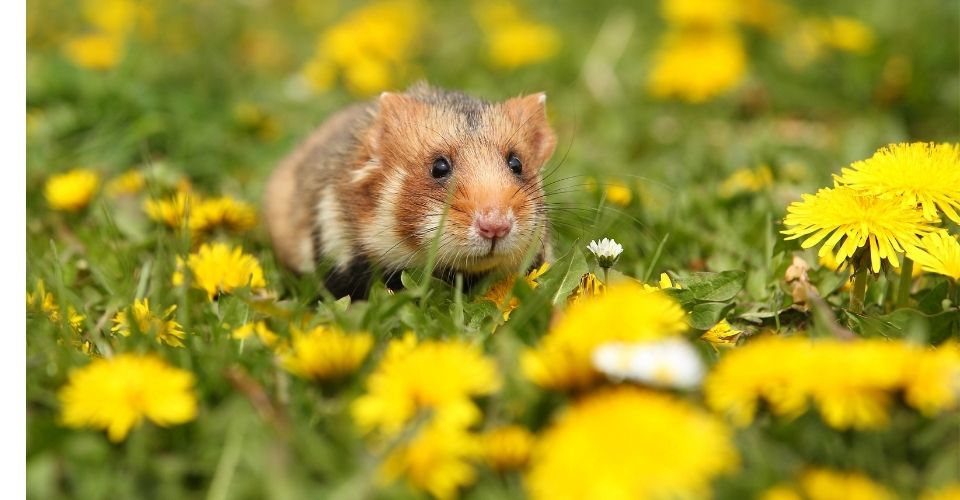Whether you own one or not, there is no way that you cannot absolutely adore the sight of a puffy-cheeked, furry little hamster. One often wonders where do hamsters come from, and how these tiny creatures survive in the wild, especially considering how fragile they are. It turns out they did survive in the wild for long before they almost went extinct.
One of the most widely kept pets today, the Teddy Bear hamster or the Golden Hamster, actually originates from Syria. It is, thus, also called the Syrian Hamster. But, how did they get to our homes miles away from Syria? Well, here’s an interesting story.
Where Do Hamsters Come From?
Hamsters’ discovery dates back to 1797 when the first hamsters were found in the wild in Syria. During the early 1900s, the hamster population was found primarily in Syria where they wreaked havoc destroying vegetation and often digging up plantations and eating crops. Fed up of their vegetables being constantly dug up by these rodents, the Syrian farmers went after hunting them, either themselves or through their well-trained dogs. The hamster population was so ruthlessly hunted that they were assumed to have gone extinct by the end of the 1920s.
It was only in 1930 that a Jewish archaeologist, Aaron Abrahams ( or zoologist, Israel Aharoni ), visiting the city of Aleppo came across a nest of a rodent with about a dozen pups under a wheat field; he could not identify the little creature, and thus, transported them back to the Hebrew University in Jerusalem. These rodents were identified as Golden Hamsters at the university. The hamsters were provided ideal conditions for their breeding at the laboratory and were made to breed. Soon, the progenies produced were made to interbreed growing the hamster numbers considerably.
In about 8 years’ time, the hamsters were ready to be exported to parts of Europe like England and France as well as the United States to be kept as pets. They were also used in different medical researches. As of today, only 500 to one thousand hamsters exist in the wild in France and are constantly fighting to keep their breed alive. In countries like Australia and New Zealand, however, it is banned to import a hamster for the fear of them breeding in the wild and posing a threat to the natural flora and fauna of the countries.
Most hamsters today are commonly found in our homes, universities, and zoos. All the golden hamsters that we come across can be traced back to that one litter found in Aleppo, Syria.





